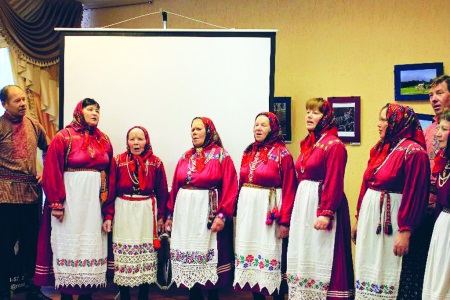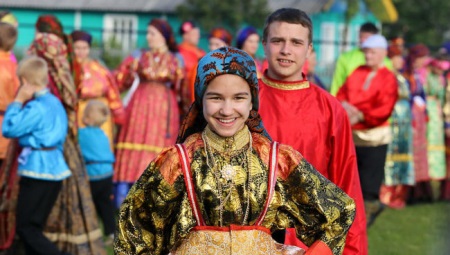The Komi national costume is a book about the history of the people. Each item of clothing is a description of life, life, traditions, beliefs, customs, culture. Therefore, to preserve the national costume in all the details and details means to preserve the history of the nation.
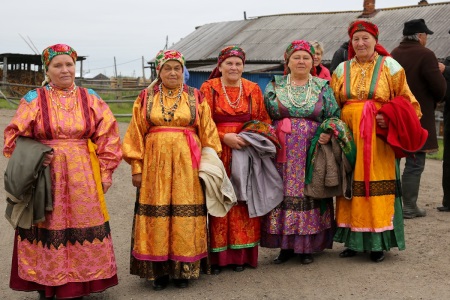
History
Komi or Zyryans, as they were called in antiquity, lived in the north-east of Russia. Men were engaged in agriculture, fishing, hunting, animal husbandry, and forestry. Women made clothes. From childhood, girls learned to weave linen from homegrown linen and hemp, spin sheep’s wool, knit clothes from it and roll felt boots, sew outerwear and shoes.

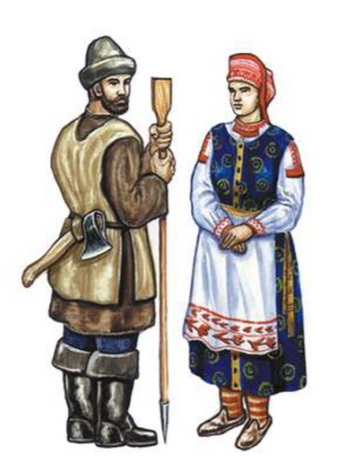
Komi folk clothes embody the identity and national culture of the people.
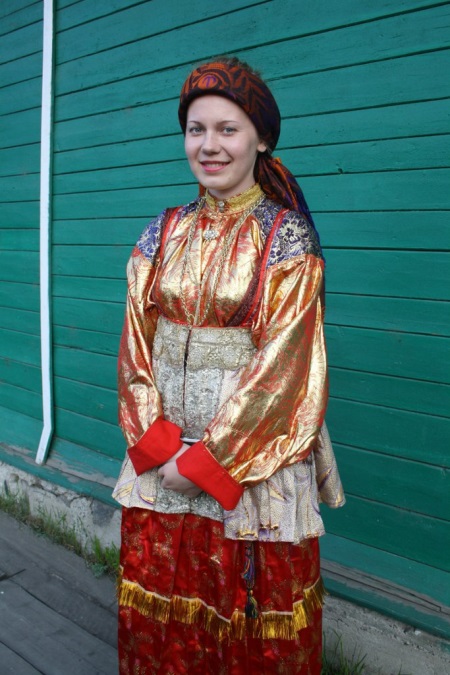
Outfit Description
Men's clothing
Men were undemanding in clothes. Sewn from a canvas shirt and pants, tucked into boots or knitted patterned stockings, as well as a narrow belt or wide sash.
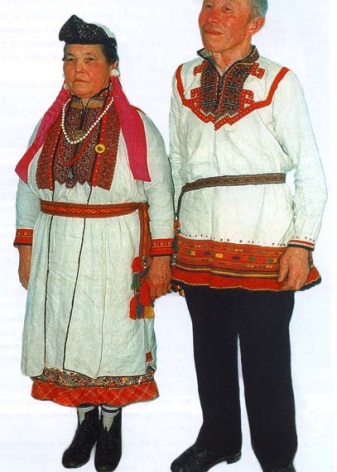
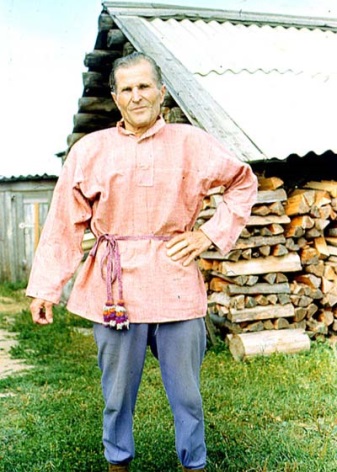
The festive outfit was distinguished mainly by the material from which it was made. The shirt was silk or satin, a woven or leather belt, and cloth pants. Outerwear in summer was a canvas hoodie, in autumn and winter - a caftan or sheepskin short fur coat. The head of the men was covered with capes, hats made of cloth, felt, and fur.

An additional element of the hunters' clothing was a sleeveless jacket (luzan) made of thick coarse canvas or homespun cloth. An obligatory accessory to her was a leather belt on which a hunter could attach a scabbard, a vessel with water and other things needed in the forest.
The suit for men was the same for all residents of Komi. The exception was the upper winter clothing of the Izhemians living in the very north.As reindeer herders, they sewed clothing for the harsh polar winter from reindeer skins.
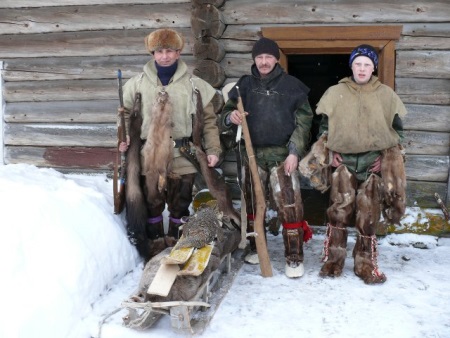
Women's clothing
The set of women's costumes included two main elements: a shirt and a sundress - this is the so-called word of mouth complex. However, with such a minimum, the clothing of Komi residents is surprising in its diversity. All kinds of styles and types had different purposes.
The clothes were divided according to purpose, by age, by status, by ethnographic affiliation.
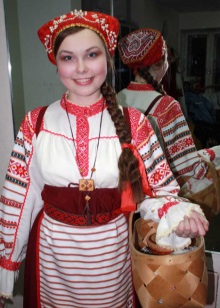
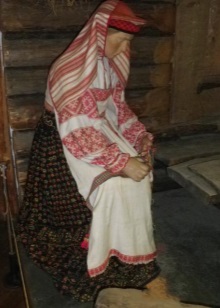
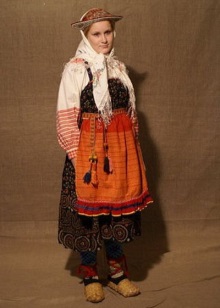
The casual white or gray shirt was long. For sewing the upper part, which was in sight, they used thin and high-quality fabric; the bottom was made of coarse but durable fabric. The shirt was decorated with embroidery or fabric inserts of various colors and shades. A bright patterned sundress was put on the shirt.
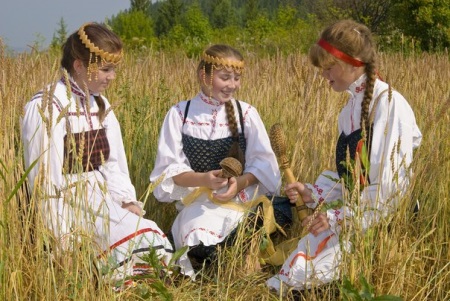
For festive clothing, expensive fabrics and rich decorations were chosen. Wealthy people could afford dresses of silk, satin or brocade, in winter a fur coat on fox or squirrel fur. The costume of the girl, the married woman, and women of the age differed in the shape of the headdress and the color of sundresses.
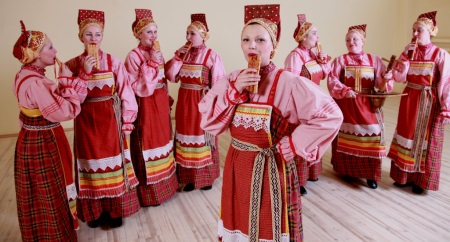
The apron was also an element of the outfit, it was worn on top of a sundress. A patterned woven or woven belt girdled a sundress.
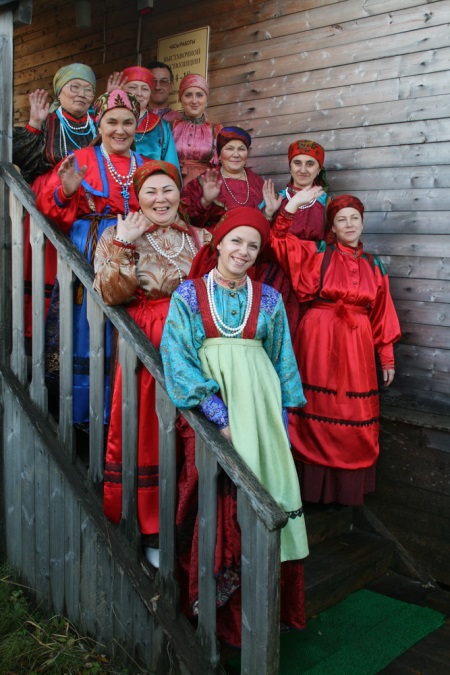
The headdress was an important element of the female outfit, because it indicated the social status of his mistress. Girls were allowed not to hide their hair, not to wear headscarves, a hoop, a strip of fabric tape, a bandage served as a dressing. When married, women covered their hair with a scarf or kokoshnik. Women in age wore dark shawls.
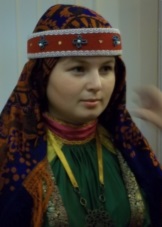

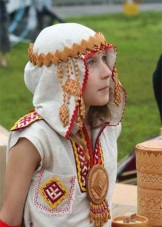
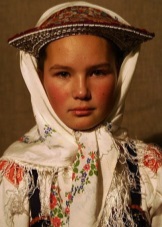
A scarf was the most precious and desired gift. The decoration of scarves was long tassels, which were considered a talisman from evil and envy.
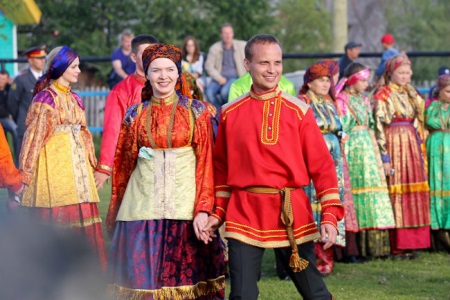
Footwear
Men's and women's shoes practically did not differ from each other: cats, boots, shoe covers. Winter shoes were walegs, boots. Inhabitants of the southern regions wore bast shoes made of bast bast, and northerners wore shoes made of reindeer fur. Very popular among men and women were stockings with patterns, knitted from multi-colored wool.
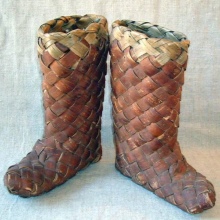
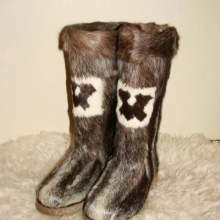
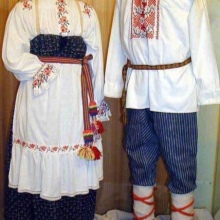
Identity
The national clothes, created for a long time, are an inextricable link in the culture of the Komi people, which absorbed the features of the traditional attitude of the people.
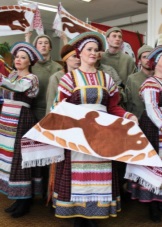

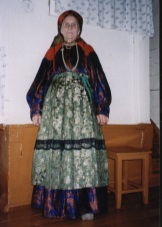
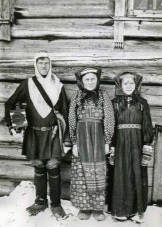
Clothing models, their practicality, appropriateness, design decision were largely due to climate conditions, the nature of the people’s occupation. Traditional costumes are diverse, colorful, spectacular, they serve as a complement to the harsh nature of the native land.
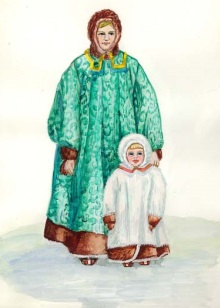
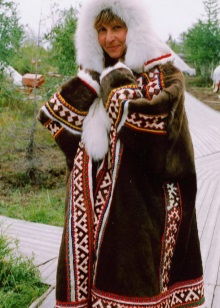
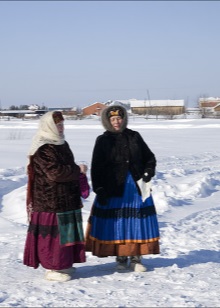
Each ethnic group living in the territory of the Komi Republic - Sysolsky, Udora, Luzko-Leti, Komi-Permyak, Izhem, Priluzy, Upper and Lower Cheygod, Vymsk, Pechora - introduced its own nuances into the style and appearance of the national costume.
